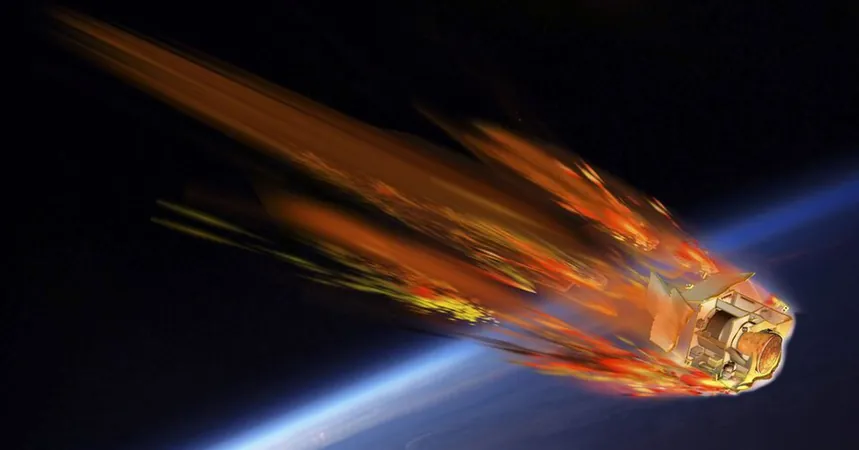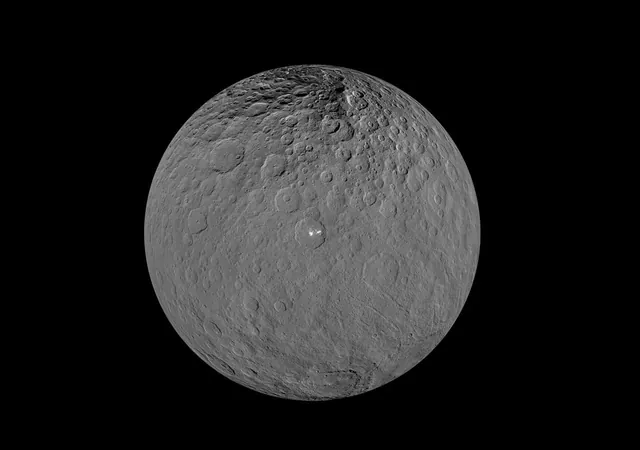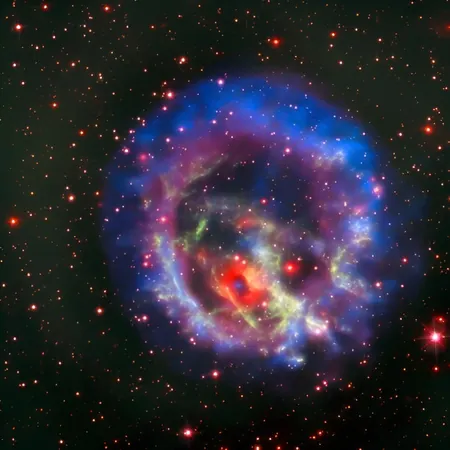
Europe’s Bold Plan: Launching a Satellite to Self-Destruct and Solve the Space Junk Crisis by 2027!
2024-09-27
Introduction
In a daring initiative set to launch in 2027, the European Space Agency (ESA) is gearing up to deploy a satellite into Earth's orbit with a unique mission: to intentionally destroy it upon reentry. This groundbreaking project aims to provide critical insights into how satellites break apart during their descent, an effort that is crucial in addressing the growing menace of space debris.
The Space Junk Crisis
As the number of satellites soaring into space continues to proliferate, the accumulation of space junk has emerged as a pressing concern for space agencies worldwide. In response, the ESA has launched the Zero Debris Charter initiative, which aspires to eliminate the creation of new space debris by the year 2030. This ambitious mission reflects a proactive approach to preserving the orbital environment for future space exploration and satellite operations.
Introducing DRACO
The mission has been aptly named the Destructive Reentry Assessment Container Object (DRACO). The satellite's interior will be packed with sophisticated sensors designed to gather valuable data throughout the destruction process during its fiery reentry into the Earth’s atmosphere. A standout feature of DRACO is a 40-centimeter capsule engineered to withstand extreme conditions, which will relay the data it collects as it plunges into the ocean.
Engineering and Design
Contracted by ESA, aerospace engineering firm Deimos has taken on the challenge of constructing DRACO. The satellite will be comparable in size to a washing machine and will weigh approximately 200 kilograms (441 pounds). It will be equipped with 200 sensors and four cameras, although it will lack propulsion and navigation systems. This design choice aligns with the mission's objective of simulating an average uncontrolled reentry scenario, as most space debris follows this uncontrolled trajectory back to Earth.
Challenges and Timeliness
Timeliness is a critical factor in this mission. Data must be gathered before the capsule meets its watery fate, presenting potential challenges such as deploying a parachute during a chaotic descent. The ESA has indicated that there will be a narrow 20-minute window of opportunity to collect and transmit valuable data.
Conclusion
As the world watches this innovative experiment unfold, many are left wondering: Will this mission provide the solutions we need to combat the space debris crisis? The success of DRACO could potentially reshape how we think about satellite disposal and bolster efforts to maintain a cleaner and safer orbit for future generations. Stay tuned as Europe pushes the boundaries of science and technology in the quest for a sustainable space environment!




 Brasil (PT)
Brasil (PT)
 Canada (EN)
Canada (EN)
 Chile (ES)
Chile (ES)
 España (ES)
España (ES)
 France (FR)
France (FR)
 Hong Kong (EN)
Hong Kong (EN)
 Italia (IT)
Italia (IT)
 日本 (JA)
日本 (JA)
 Magyarország (HU)
Magyarország (HU)
 Norge (NO)
Norge (NO)
 Polska (PL)
Polska (PL)
 Schweiz (DE)
Schweiz (DE)
 Singapore (EN)
Singapore (EN)
 Sverige (SV)
Sverige (SV)
 Suomi (FI)
Suomi (FI)
 Türkiye (TR)
Türkiye (TR)